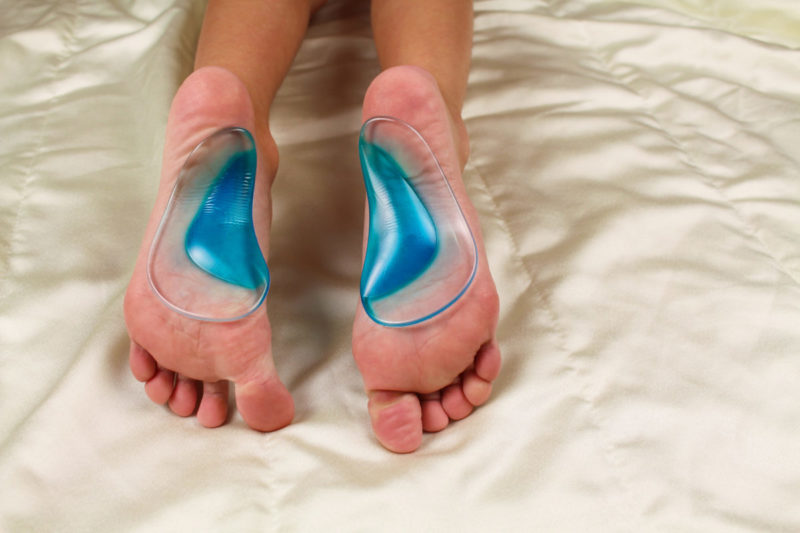Don’t Be Caught Flat Footed

Between 20% and 30% of the general population has some degree of flat-footedness. Flat feet, also called pes planus, occur when the arch of the foot collapses and comes into complete or near-complete contact with the ground. The arch in the foot provides support when standing or walking. Flatfeet can be congenital, develop after an injury, or a result of aging or disease.
Causes
Congenital
While most children develop arches by the age of 6, some may have structural deformities that interfere with the normal alignment of the foot bones. Obesity can contribute to flatfeet by placing additional stress on a still-developing foot.
Injury
Adult-onset flatfoot can also be caused by a bone fracture or dislocation, a torn or stretched tendon, or arthritis, which can lead to a fallen arch. Aging and disease: A fallen arch or adult-acquired flat foot usually occurs in women over 40 and people who are sedentary and/or overweight. Fallen arches are the collapse of the bones and connective tissues of the midfoot caused by deterioration of the tendons and ligaments that support the foot bones. Hypertension and diabetes can contribute to the deterioration of muscles and connective tissues of the foot because of decreased blood flow. As a person ages, fallen arches can lead to a condition known as rigid flat foot.
Symptoms
Most people have few symptoms. However, some experience foot pain in the midfoot that worsens with activity. Hip, knee, and lower back pain are also common because gait instability and poor posture can place stress on the joints. A person should see the DOC orthopedic surgeon or podiatrist if the discomfort interferes with daily activity.
Diagnosis
Diagnosis of flat feet typically involves a visual examination of the foot, supported by imaging tests, such as X-rays, an MRI, or CT scan to help determine the underlying cause. Footprint tests and shoe wear inspections also provide evidence of faulty foot mechanics and flexibility.
Treatment
Flat feet in children will often resolve without intervention as they develop arches by adolescence or early adulthood. Fallen arches in adults tend to be permanent and non-reversible. In either case, a conservative approach is preferred. Simple treatment options include:
- Wear better-fitting shoes with a wide toe box and low heel.
- Use orthotics with arch supports.
- Take nonsteroidal anti-inflammatory drugs.
- Rest the foot and ice the painful area.
- Follow a physical therapy regimen prescribed by a DOC surgeon or podiatrist. The DOC physical therapist can work with a guest on exercises that increase arch flexibility and strength, and foot gymnastics to strengthen the intrinsic muscles of the foot.
If conservative treatments fail, surgery is an option. The surgical approach is based on symptoms, nature of structural deformity and age. Flat foot surgery can provide lasting pain relief and may even create an arch where none existed.
For more information on the cost of care, click here




